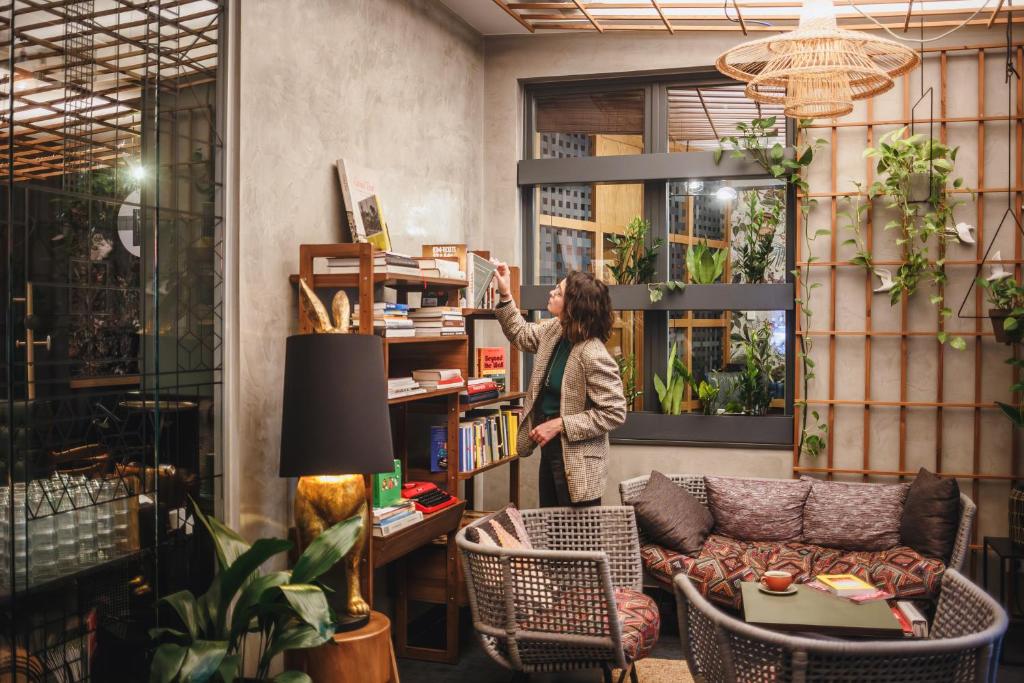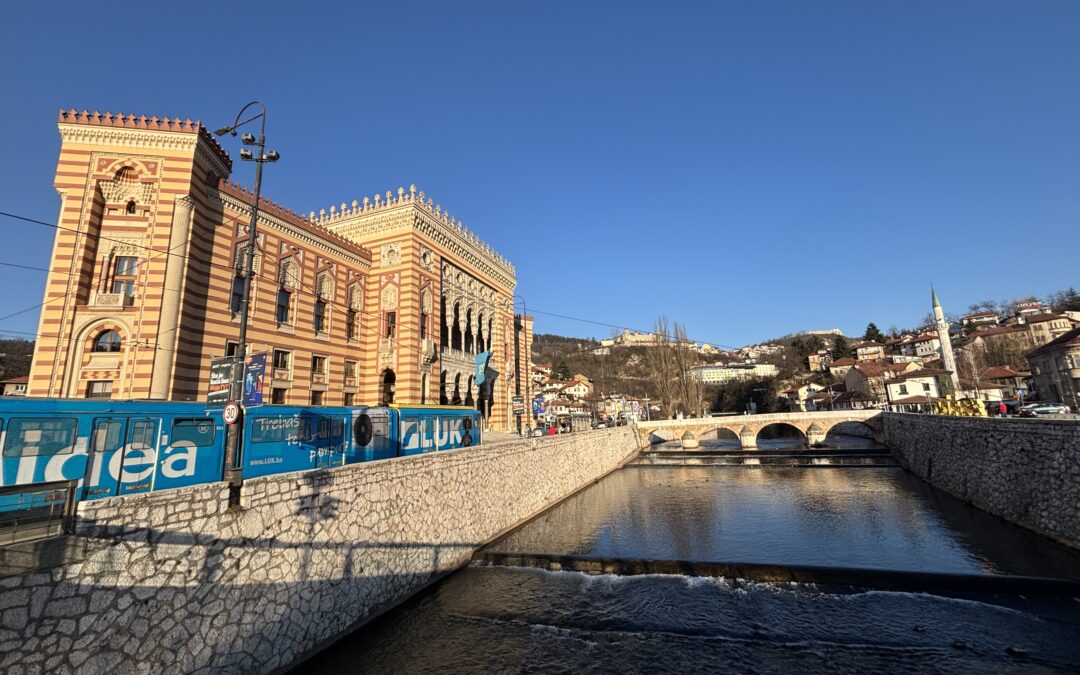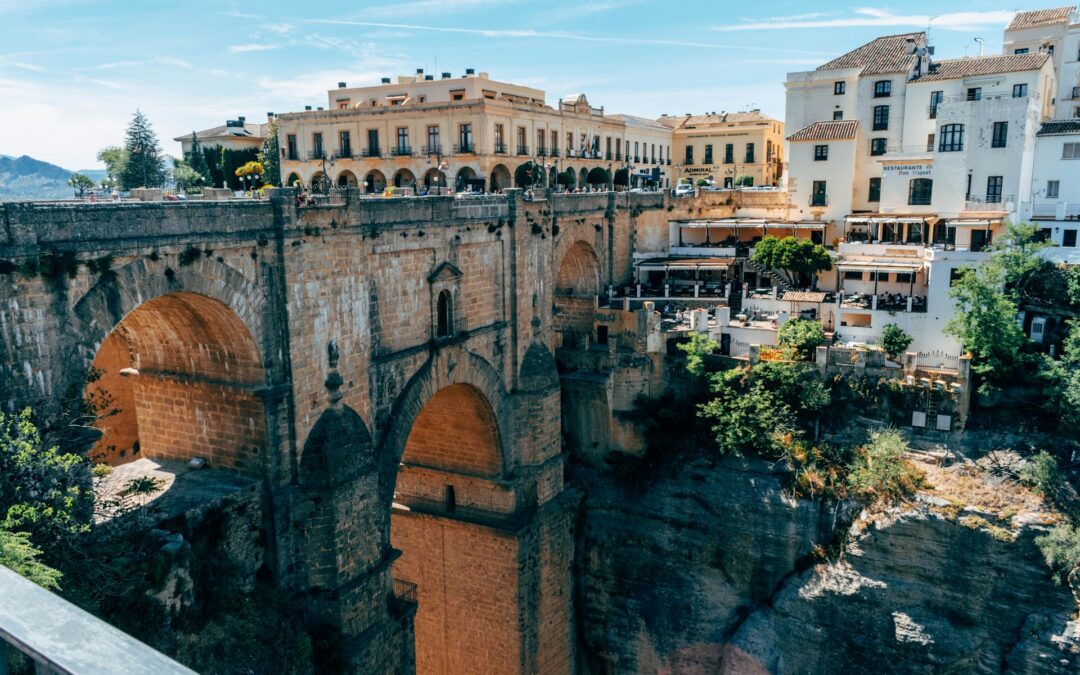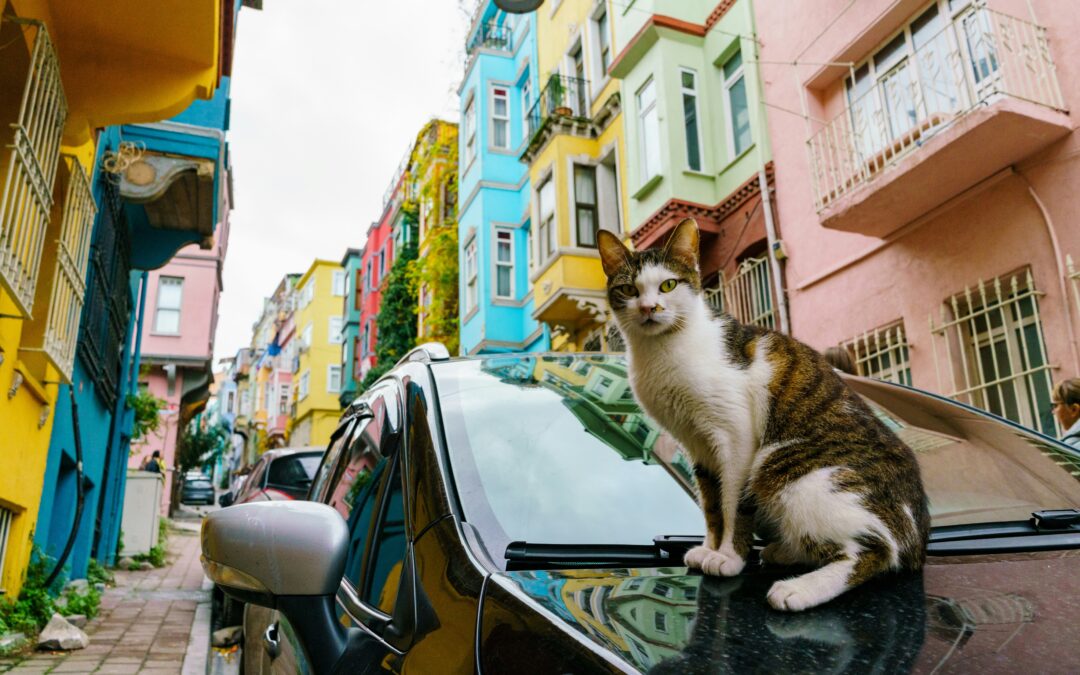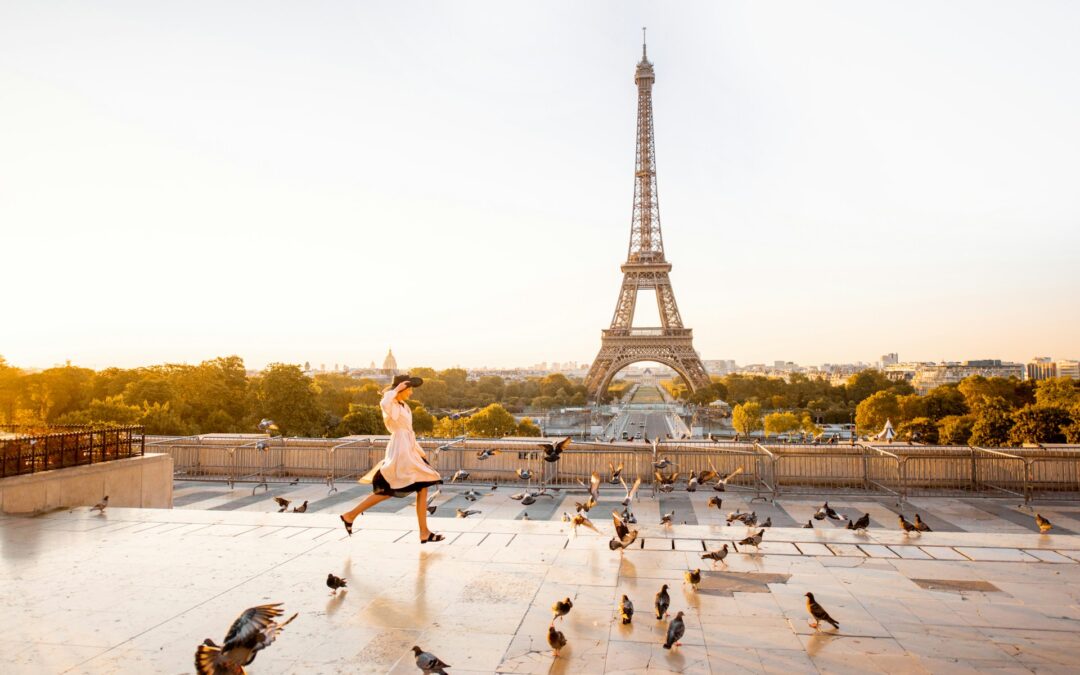Málaga, one of the oldest cities in Europe, seamlessly blends its rich past with a modern, lively atmosphere. Founded by the Phoenicians nearly 3,000 years ago, it later thrived under Roman and Moorish rule, leaving behind a legacy of fascinating architecture and cultural treasures. Today, Málaga is a dynamic coastal destination with stunning beaches, historic landmarks, world-class museums, and a fantastic culinary scene. Whether you’re here for a weekend or just passing through, this city will surprise you with its Mediterranean charm and Andalusian soul.

If you’re planning a visit, here’s everything you need to know about what to do, see, and—most importantly—eat in Málaga.
Málaga’s rich history and architectural wonders
Málaga’s history is deeply intertwined with the many civilizations that ruled over it. The Alcazaba, a fortress-palace built by the Moors in the 11th century, is one of the most beautiful and best-preserved Moorish structures in Spain. With its ornate courtyards, orange trees, and panoramic views of the city, it’s a must-visit.
Just above the Alcazaba, Gibralfaro Castle offers an even better view—if you’re willing to hike up the steep hill to get there. The walk can be brutal in the summer heat, but the sweeping views of the Mediterranean and Málaga’s skyline make it worth the effort. The castle itself dates back to the 14th century and once served as a military stronghold.
Another architectural highlight is the Málaga Cathedral, also known as La Manquita (“The One-Armed Lady”) because its second tower was never completed. This Renaissance-style masterpiece is one of the city’s most iconic landmarks, and visitors can climb to its rooftop for a stunning panoramic view of the city.



For a deeper dive into history, visit the Roman Theatre, located at the foot of the Alcazaba. Built in the 1st century BC, it’s one of Málaga’s oldest monuments and a fantastic example of Roman engineering.
Tip: If walking up to Gibralfaro sounds like too much, take a taxi up and walk down instead. Your legs will thank you.
Visit the birthplace of Picasso and other museums
Pablo Picasso, one of the most revolutionary artists of the 20th century, was born in Málaga in 1881, and the city takes immense pride in its connection to him. As the co-founder of Cubism and a master of modern art, Picasso’s work redefined artistic expression, challenging traditional forms and perspectives. His influence extends beyond painting to sculpture, ceramics, and printmaking, making him one of the most prolific and versatile artists in history.
Visitors to Málaga can delve into his legacy at the Picasso Museum Málaga, which houses over 200 of his works, spanning different periods of his career—from early sketches to his abstract and experimental pieces. The museum provides a deep insight into his artistic evolution, allowing visitors to appreciate the boldness and ingenuity that defined his style.
For those wanting to connect with Picasso’s roots, Casa Natal de Picasso, his birthplace, offers a more intimate look at his early life. Located in Plaza de la Merced, this museum features personal belongings, family photographs, and some of his earliest artworks, giving a glimpse into the childhood that shaped his genius. Málaga, with its vibrant art scene, continues to celebrate Picasso’s legacy, honoring the creative spirit of the man who changed the course of modern art forever.




Beyond Picasso, Málaga has a rich museum scene, including:
- Carmen Thyssen Museum: Home to an impressive collection of 19th-century Spanish paintings.
- Centre Pompidou Málaga: A contemporary art museum housed in a colorful cube-shaped building by the port.
- Automobile and Fashion Museum: A surprising but fascinating mix of vintage cars and haute couture fashion pieces.
- Atarazanas Market: A historic covered market offering the freshest seafood, meats, and local produce. It’s a paradise for food lovers and a great spot for trying traditional Andalusian delicacies.
Funny moment: Some of Picasso’s later works might leave you scratching your head, wondering if the painting is upside down. It’s all part of the experience!
Where to stay in Málaga
Málaga has accommodation options for every budget. You can find a double room for around 50€ per night, with more luxurious hotels offering sea views and rooftop pools. Here are the best places to stay in Malaga:
- Centro Histórico: Perfect for first-time visitors. Close to major attractions, restaurants, and nightlife.
- Soho Málaga: A trendy, artsy neighborhood with street art and cool cafés. Great for younger travelers.
- Malagueta Beach: If you want to be steps from the sea, this area is ideal for a beachside stay.
- Pedregalejo: A quiet, local neighborhood with great seafood restaurants and a laid-back vibe.
What to eat in Málaga and where to find it
Málaga’s food scene is a delicious blend of traditional Andalusian flavors and fresh Mediterranean ingredients. From seafood straight off the boat to rich stews and sweet wines, in this Málaga Guide we bring you what you shouldn’t miss:
Must-try dishes:
- Espeto de Sardinas – A Málaga classic! Fresh sardines skewered on sticks and grilled over an open fire on the beach. Best enjoyed at a chiringuito (beachside restaurant) in Pedregalejo or El Palo.
- Boquerones en Vinagre – Marinated anchovies in vinegar, garlic, and olive oil, a staple tapa in Málaga.
- Porra Antequerana – A thicker version of gazpacho made with tomatoes, garlic, bread, olive oil, and vinegar, often topped with ham and egg.
- Fritura Malagueña – A mix of deep-fried seafood, including squid, anchovies, and prawns. Try it at El Tintero, a lively seafood spot by the sea.
- Churros con Chocolate – Crispy fried dough sticks served with thick hot chocolate. Casa Aranda is the best place to try them in Málaga.




Málaga guide: where to eat
- El Pimpi – One of Málaga’s most famous restaurants, known for its traditional Andalusian cuisine and an excellent selection of local wines. A must-visit for first-timers.
- Atarazanas Market – This vibrant food market is the best place to try fresh local produce, jamón ibérico, and traditional tapas.
- Antigua Casa de Guardia – A historic wine bar that serves Málaga’s famous sweet wines straight from the barrel.
- Uvedoble – A modern tapas bar with innovative takes on local classics.
How to get to Málaga and move around
Málaga is well connected by air, road, and rail. Málaga-Costa del Sol Airport (AGP) is one of Spain’s busiest airports, with frequent flights from all over Europe. Ryanair, Iberia, Vueling, and other airlines operate routes to Málaga from numerous destinations, making it an affordable getaway. Whether you’re arriving from London, Berlin, or Paris, you’ll likely find a budget-friendly flight to this sun-kissed city.
From the airport, you can reach the city center by:
- Train: The C1 suburban train takes just 12 minutes to reach Málaga Centro and runs every 20 minutes.
- Bus: The Airport Express Bus (Line A) runs every 20-25 minutes and costs around 3€. It takes about 15-20 minutes to reach the city center.
- Taxi/Uber: A taxi to the city center costs about 20-25€, depending on the time of day and traffic. Ride-hailing apps like Uber and Cabify also operate in Málaga.
Málaga guide: Getting around Málaga
Málaga is a walkable city, and most attractions are within easy reach. However, if you want to explore beyond the center, you can:
- Use public transport: Buses and local trains are reliable, affordable, and cover the entire metropolitan area.
- Rent a bike or electric scooter: Málaga has dedicated bike lanes, making this an eco-friendly way to explore the city.
- Hire a car: If you plan to visit nearby gems like Ronda, Marbella, or Nerja, renting a car is a great option. Parking tip: Málaga has blue zone parking, which allows free parking at certain times. Check signs carefully to avoid fines!
- Take the Hop-On Hop-Off Bus: A convenient way to see the top attractions if you’re short on time.
Is Málaga worth visiting?
Absolutely. Málaga has a little bit of everything—fascinating history, stunning beaches, incredible food, and a relaxed, friendly atmosphere that makes you want to stay longer. Whether you’re here for a quick stopover or a full beach holiday, you’ll find yourself falling in love with its charm and energy.




